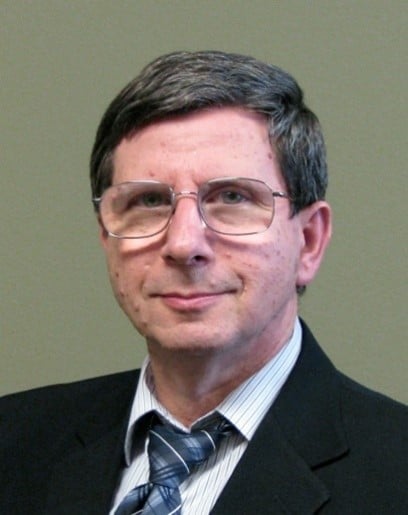Need Help?
23 March 2022
Prof. Dr. Michael S. Zhdanov Appointed Editor-in-Chief of the New Section “Mineral Exploration Methods and Applications” in Minerals
We are pleased to announce that Prof. Dr. Michael S. Zhdanov has been appointed Editor-in-Chief of the newly established Section “Mineral Exploration Methods and Applications” in Minerals (ISSN 2075-163X).

Prof. Dr. Michael S. Zhdanov is a Distinguished Professor of Geology and Geophysics at the Department of Geology and Geophysics at the University of Utah, USA. Since joining the University of Utah as a Full Professor in 1993, he has also been appointed the director of the Consortium for Electromagnetic Modeling and Inversion (CEMI). The CEMI consortium has been supported for almost three decades by major national and international oil, gas, and mining corporations, geophysical exploration companies and research centers, and agencies from around the globe. Prof. Dr. Zhdanov's research primarily focuses on the geophysical inverse theory and its application to exploration geophysics. He developed a fundamentally new technique of regularized focusing inversion and imaging of deep geological structures with sharp geometrical boundaries, which are the main targets in mineral exploration. Prof. Dr. Zhdanov also introduced a new approach to the joint inversion of multiphysics data based on Gramian spaces of rock physics parameters and joint minimum entropy principles. The regularized inversion methods developed by Prof. Dr. Zhdanov are widely used in geophysical applications and many other fields that require inversion of the observed data, e.g., in medical imaging, nondestructive testing, electrical engineering, meteorology, and radiophysics. The pioneering work of Prof. Dr. Zhdanov on the 3D inversion of large-scale geophysical survey data, using a moving sensitivity domain, resulted in a paradigm change in the interpretation of the airborne surveys by rigorously producing 3D images of the subsurface geology. He has published almost 20 books and over 300 peer-reviewed scientific papers in leading international journals.
The following is a short Q&A with Prof. Dr. Michael S. Zhdanov, who shared his vision for the Section with us, as well as his views of the research area:
- What appealed to you about the journal that made you want to take the role as its Section Editor-in-Chief?
Minerals have become a widely cited journal over the recent years thanks to the excellent work of its editorial staff and the high professional level of the Editorial Board. The scientific appeal of the journal covers the topics much broader than one could expect based on the short name “Minerals”. I anticipate that having a special section dedicated to mineral exploration methods would attract more researchers and make their results freely available to a wide international audience, especially to many young researchers.
- What is your vision for the Section?
The Section aims to attract papers related to all aspects of exploration for mineral resources, including geological, geophysical, geochemical methods, and satellite imagery. In addition, we want to invite contributions focusing on a novel mineral exploration methodology or presenting the case studies where the established or innovative techniques were successfully used. Finally, the Section may become a forum for discussing the current state of the art and recent advances in mineral exploration.
- What does the future of this field of research look like?
The development of effective methods for mineral exploration and their practical application represents a very active and rapidly changing research field. I believe that the joint inversion and integrated interpretation of multiphysics data will play an important role in this development in the future. Our Section will welcome publications on these topics, as well as on improvements in existing methods and examples of their successful applications for mineral discoveries.
- What do you think of the development of Open Access in the publishing field?
Open Access publications make new research results freely available online to limitless numbers of readers, thus creating an invaluable tool of modern research. Unfortunately, there are still many difficulties for the researchers, especially from developing countries, to access the publications in the major academic journals. The development of Open Access in the publishing field helps to remove these difficulties and to bring the international research community together for the common benefit. As a result, Open Access will accelerate academic and applied research progress in the world.

